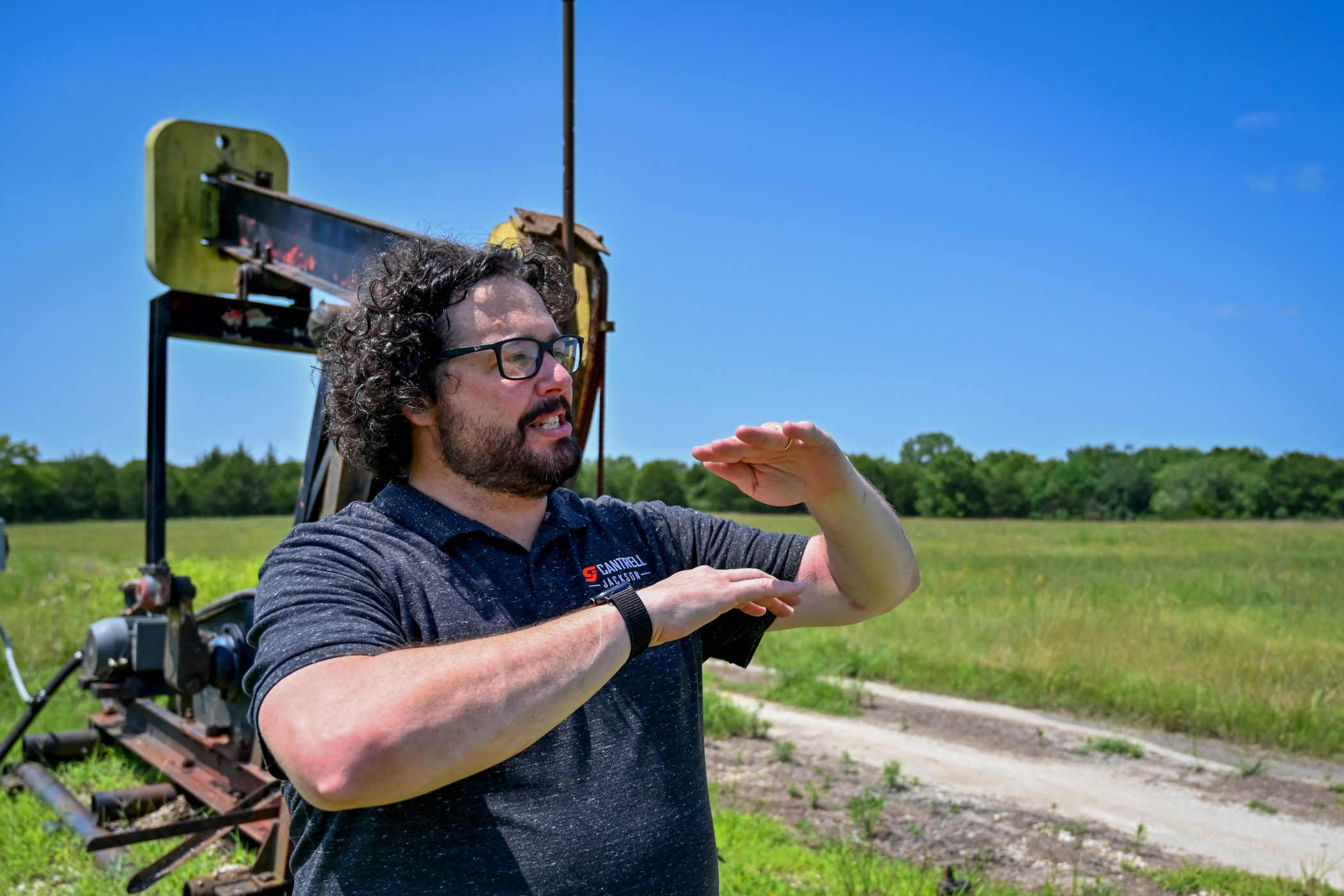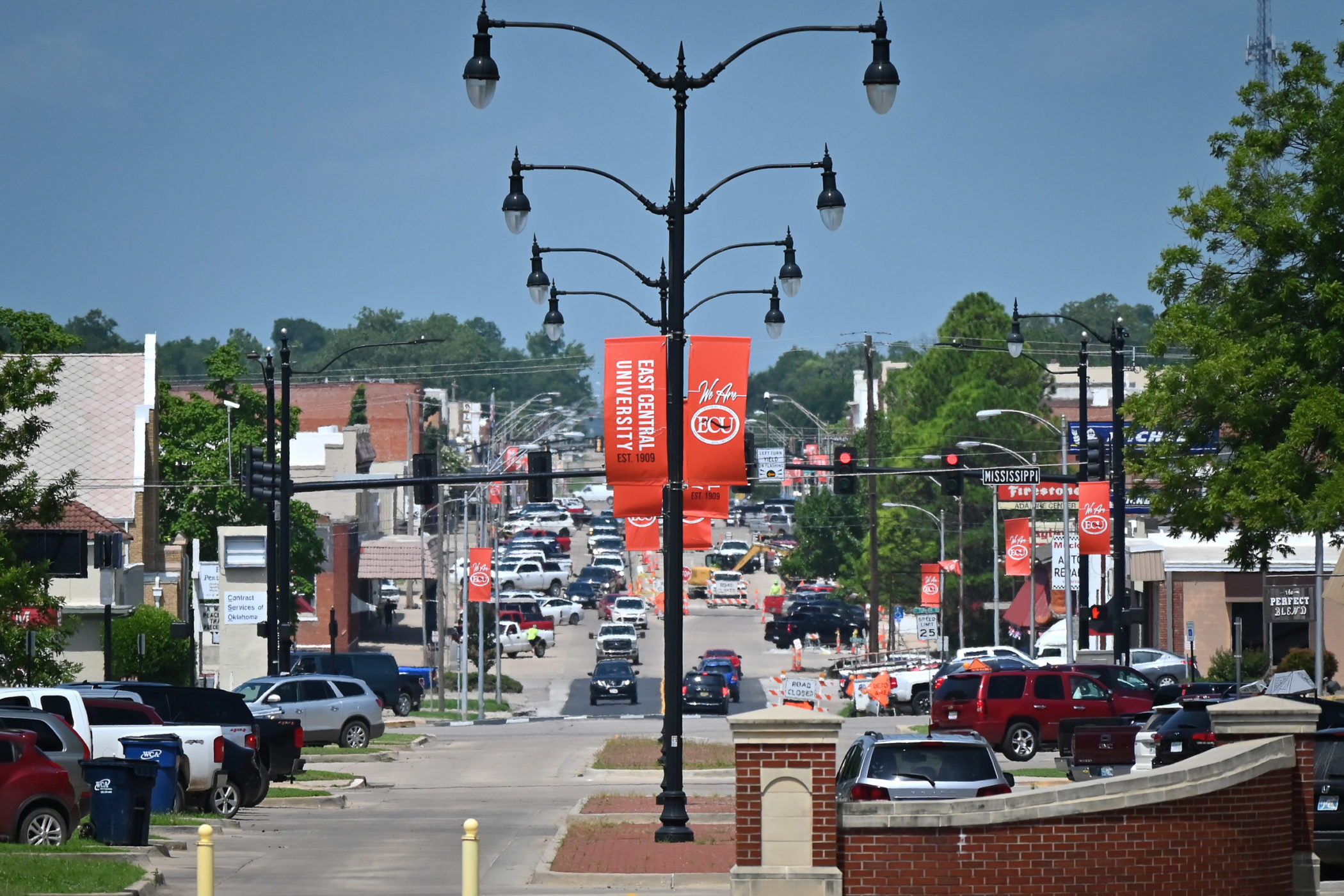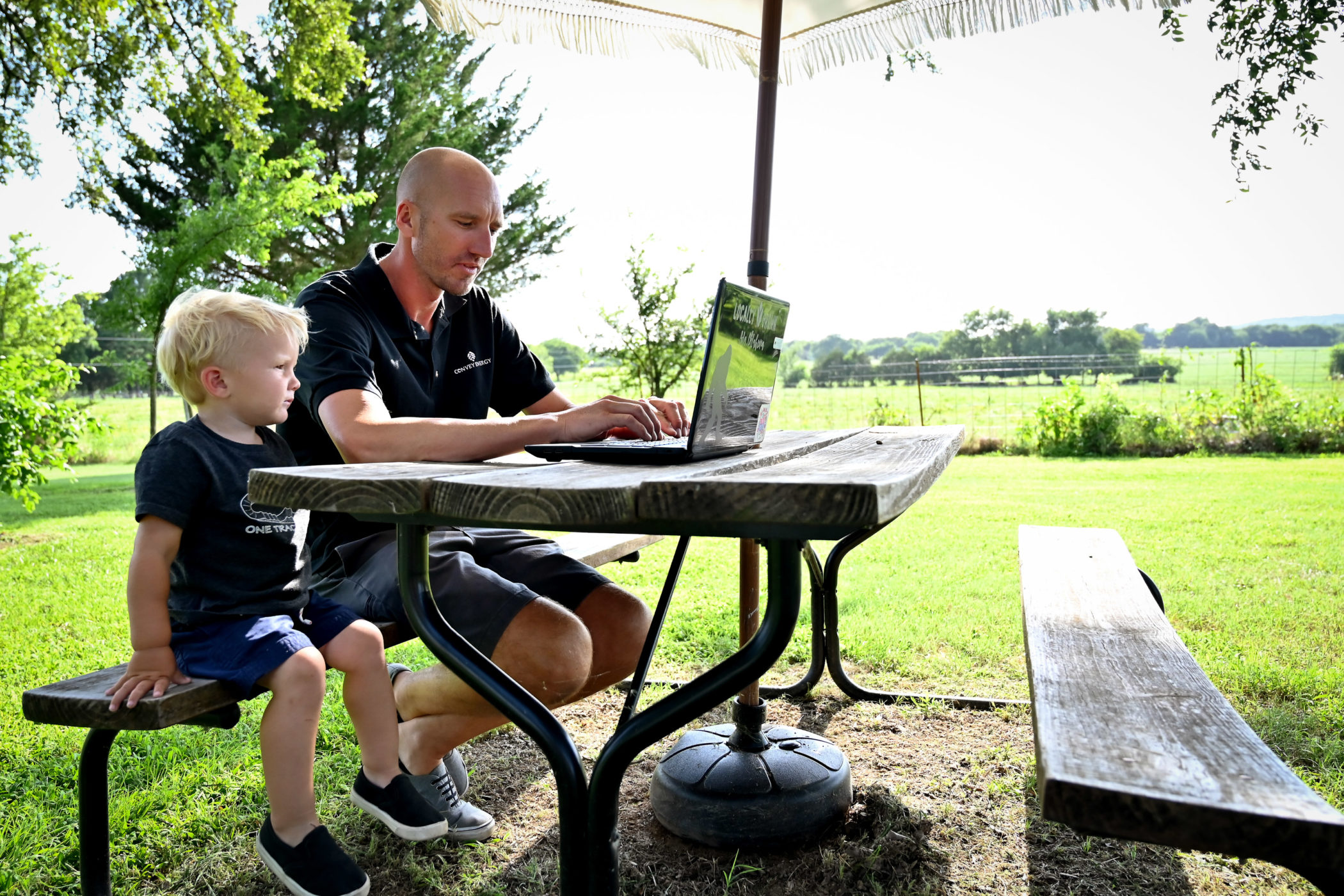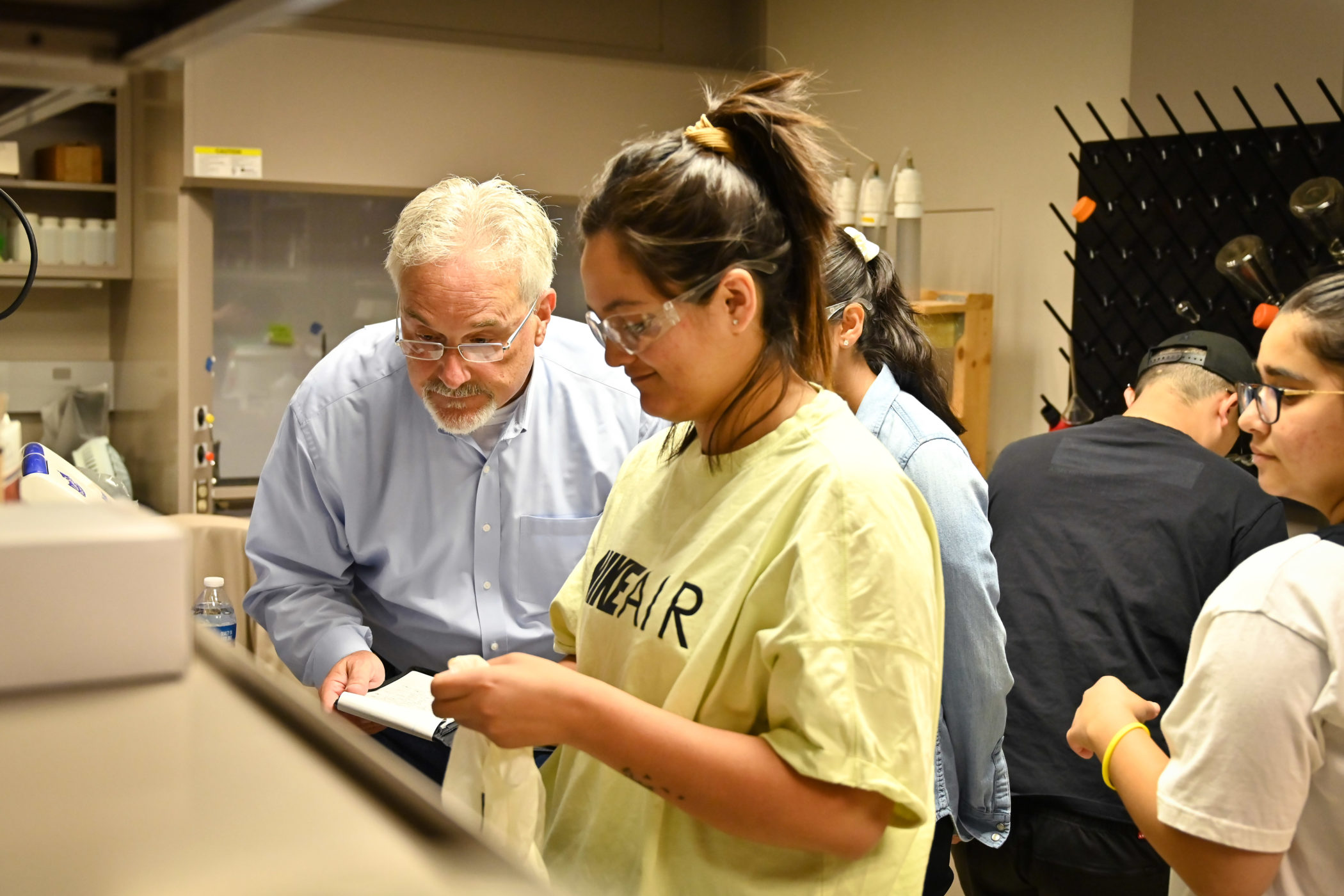About the project
Ada is a community of just over 17,200 located on Chickasaw land in southeastern Oklahoma. In 2020, Ada was selected to be a part of the Rural Innovation Initiative Development Cohort, a technical assistance program run by the Center on Rural Innovation and its sister organization Rural Innovation Strategies, Inc. designed to support rural communities in their efforts to expand their local tech-based economies.
This case study — the first in a series of five created through funding from the U.S. Economic Development Administration’s Research and National Technical Assistance (RNTA) program — offers insight into the challenges that rural communities like Ada have to overcome in the journey to access Build to Scale Venture Challenge funds to develop tech-based economies that support scalable entrepreneurship and tech job creation. Throughout its application process, Ada faced four key obstacles:
- Limited local capacity
- The difficulty of the match
- Understanding the EDA process
- Navigating relationships in a small community
Ada’s experience is unique, but the challenges it faced are common across communities in rural America that are seeking funds to support the development of a tech-based economy ecosystem. In addition to outlining the ways Ada navigated and overcame these obstacles, we offer a toolkit of questions and suggestions for rural communities to consider when thinking about applying for EDA funding.
At the time of writing, the Ada Jobs Foundation was still awaiting a final determination for the Build to Scale application it submitted in April 2021. In late September 2021, the Ada Jobs Foundation officially won a Build to Scale grant for $583,153 with a local match of $584,153 to fund the Ada Technology Startup Spring of Southern Oklahoma.
Read the report:
This content was prepared by Rural Innovations Strategies, Inc. using Federal funds under award ED20HDQ3120070 from the U.S. Economic Development Administration, U.S. Department of Commerce. The statements, findings, conclusions, and recommendations are those of the author(s) and do not necessarily reflect the views of the U.S. Economic Development Administration or the U.S. Department of Commerce.















